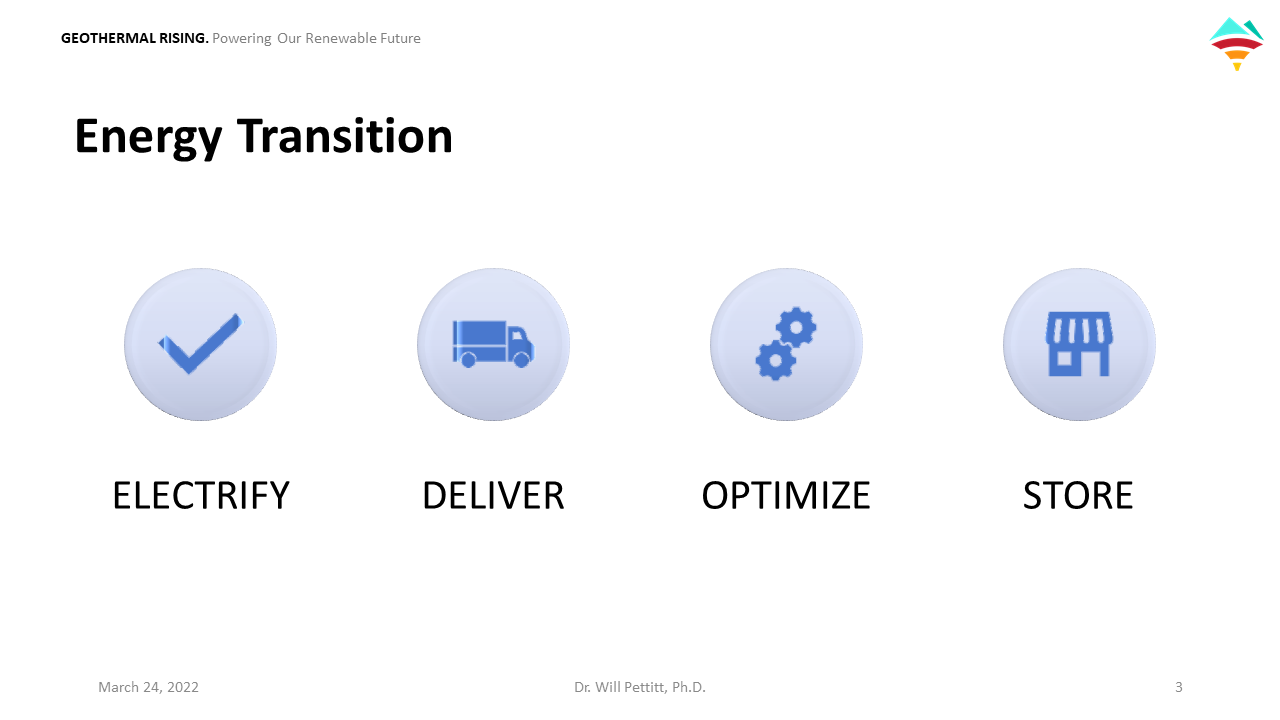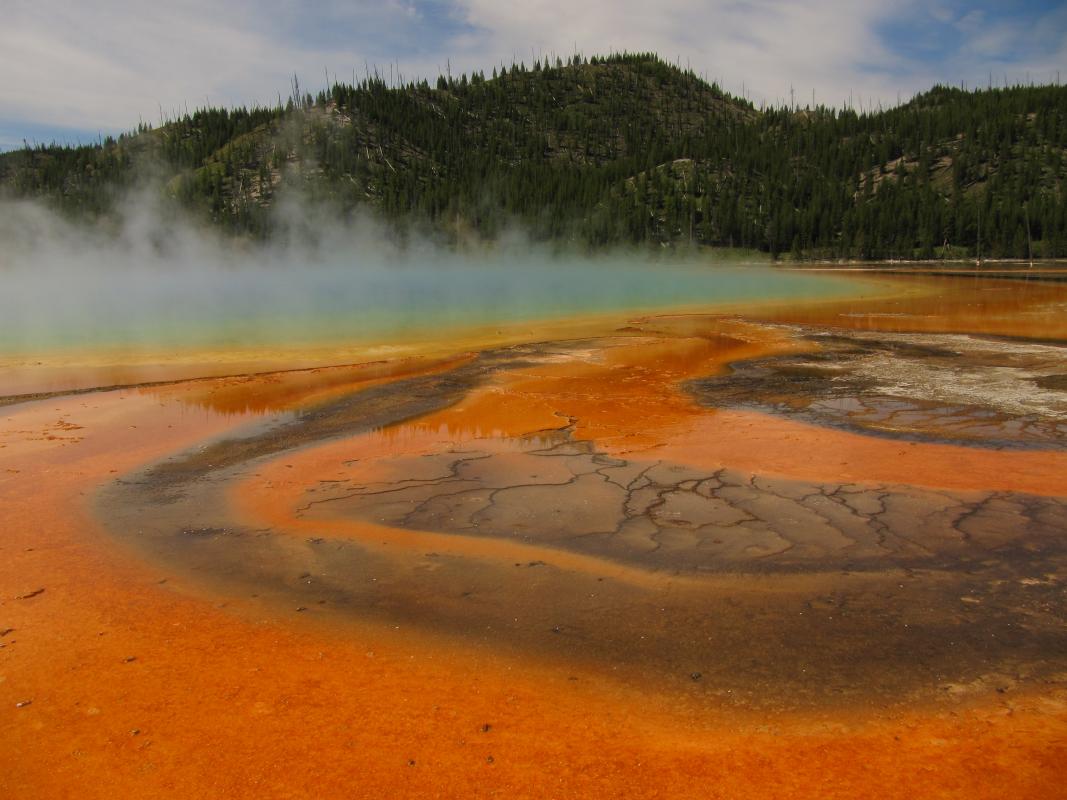How Does Geothermal Energy Work? Easy to Understand Guide from the Experts
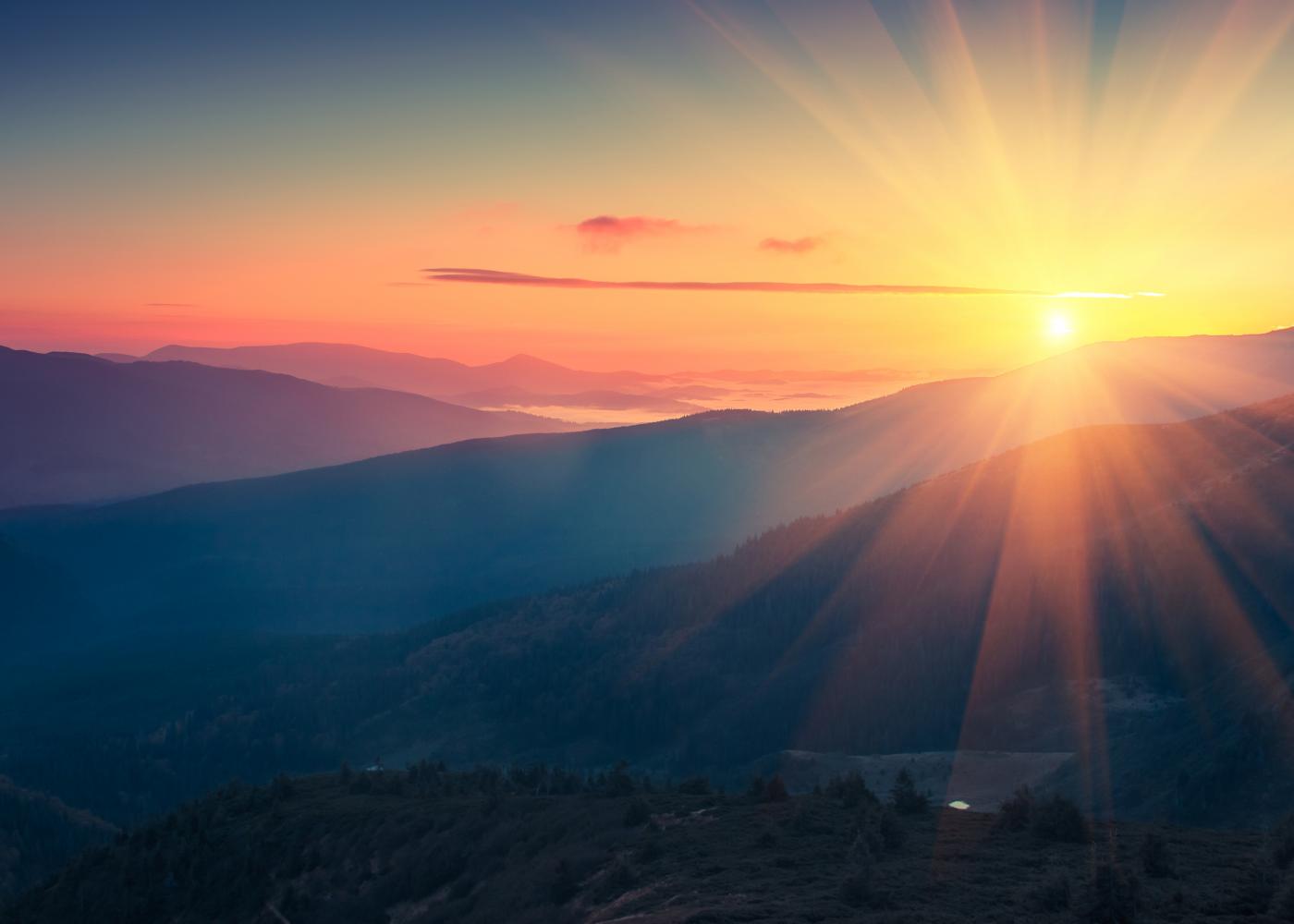
There are three types of geothermal energy:
• Geothermal power plants that produce electricity
• Direct use and direct heating systems
• Geothermal heat pumps
Let’s explore each of these exciting natural possibilities. Why? So, we can use the earth to save the earth.
Across the United States and around the world, there are reservoirs of hot water. This water can be found near the earth’s surface, or deeper down. The water is extremely hot, with temperatures ranging from 300° to 700°F. Geothermal power plants use the steam from the hot water to produce electricity.
It’s a simple process. The steam creates energy that rotates a turbine. The turbine activates a generator and electricity is produced. And this is a natural resource, so we’re using these reservoirs in the earth to power the earth.
Geothermal power plants are built where the reservoirs of hot water are located. In the U.S., most of the reservoirs are in the western states, but there are also reservoirs in the South, Midwest, and East Coast. This means that we can be using this natural resource more than we are currently.
And scientists and engineers are working on innovative technologies that will allow geothermal power plants to be built anywhere around the world, serving clean and renewable electricity at any time!
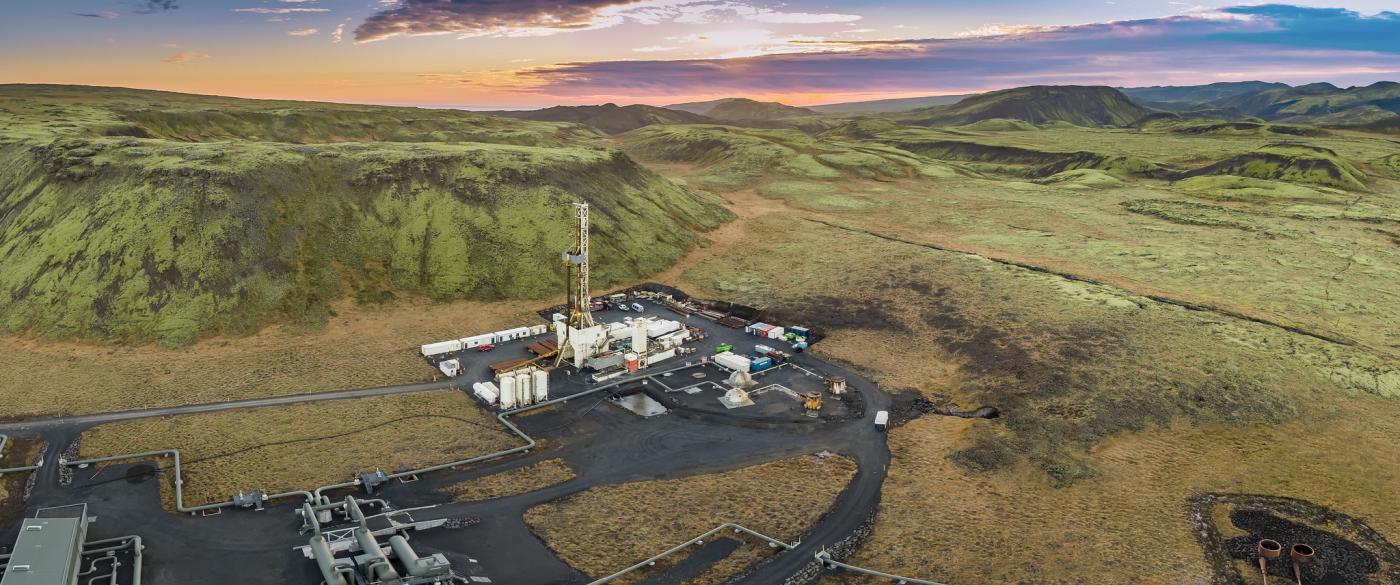
There’s another kind of geothermal energy that’s readily available called geothermal direct heat. It’s a simple process: direct heat comes from the water found in rock beneath the earth’s surface. The hot water in the rock reservoirs produces heat and steam, but isn’t hot enough to be economical to generate electricity. This water is captured and piped into buildings to provide heat, melt ice on roads and sidewalks, and warm fishing farms, greenhouses, and swimming pools.
Direct heat systems are already in use all around the world to make our lives better. For example, direct heat systems provide heat for most of the buildings in Reykjavik, Iceland. Direct heat is also used for food dehydration, pasteurizing milk, and mining gold. It’s an easily accessible and effective geothermal energy source.

Finally, there are geothermal heat pumps. These heat pumps work by using the heat that naturally occurs in the ground. Did you know that temperatures in the earth 10 feet below ground range from 50°F to 60°F. This means that soil temperatures are typically warmer in the winter and cooler in the summer than the air. Geothermal heat pumps use the earth’s temperature to heat and cool buildings. How? During the winter, heat pumps take the heat from the ground into buildings. The process is and reversed during the summer.
According to the U.S. Environmental Protection Agency (EPA), “geothermal heat pumps are the most energy-efficient, environmentally clean, and cost-effective systems for heating and cooling buildings. All types of buildings, including homes, office buildings, schools, and hospitals, can use geothermal heat pumps.” In addition to heating and cooling buildings, geothermal heat pumps can provide hot water. Best of all, this is clean, renewable energy.
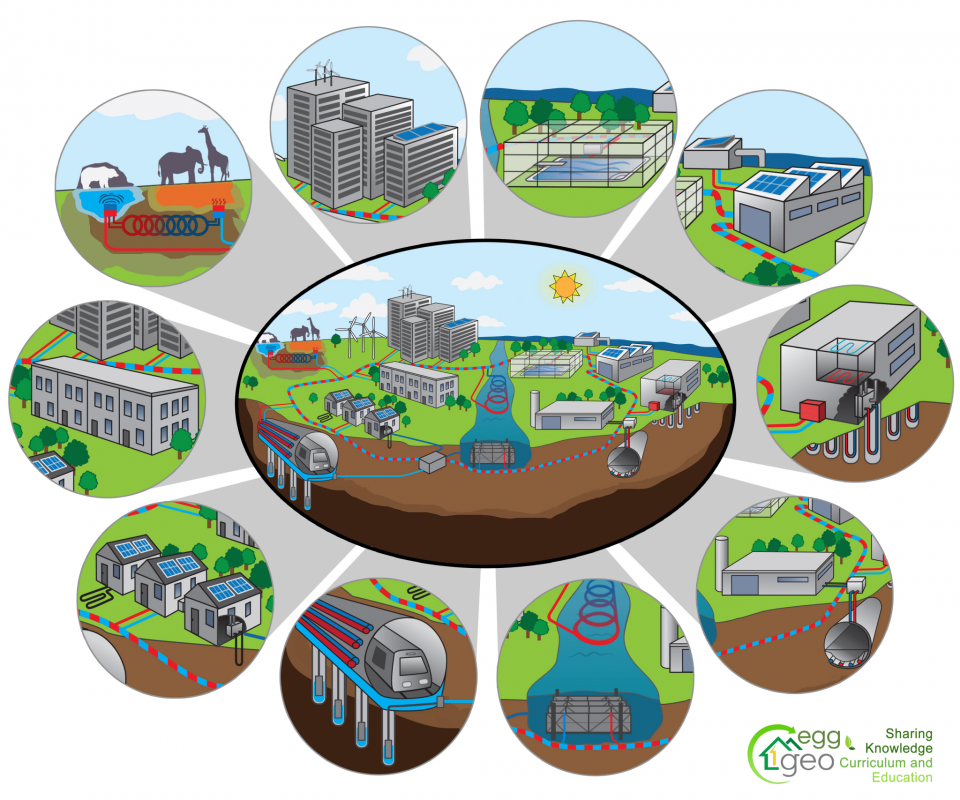
As demand for energy increases, geothermal energy will become an increasingly important energy source. Right now, California has 43 operating geothermal generating plants, and plans to build more. A 2019 U.S. Department of Energy (DOE) report, GeoVision: Harnessing the Heat Beneath Our Feet, says, “generating electricity through geothermal methods could increase 26-fold by 2050, providing 8.5 percent of the United States’ electricity, as well as direct heat.” And, in Boise, Idaho, geothermal energy is heating 92 of biggest buildings in the city.
Let’s all embrace geothermal energy: a clean, green, renewable energy that uses the earth to power the earth.

https://www.eia.gov/energyexplained/geothermal/geothermal-heat-pumps.php
https://www.eia.gov/energyexplained/geothermal/use-of-geothermal-energy.php
https://www.go-gba.org/resources/green-building-methods/geothermal-energy/
https://www.energy.gov/eere/geothermal/electricity-generation
https://e360.yale.edu/features/can-geothermal-power-play-a-key-role-in-the-energy-transition
https://www.energy.gov/eere/geothermal/downloads/geovision-harnessing-heat-beneath-our-feet


